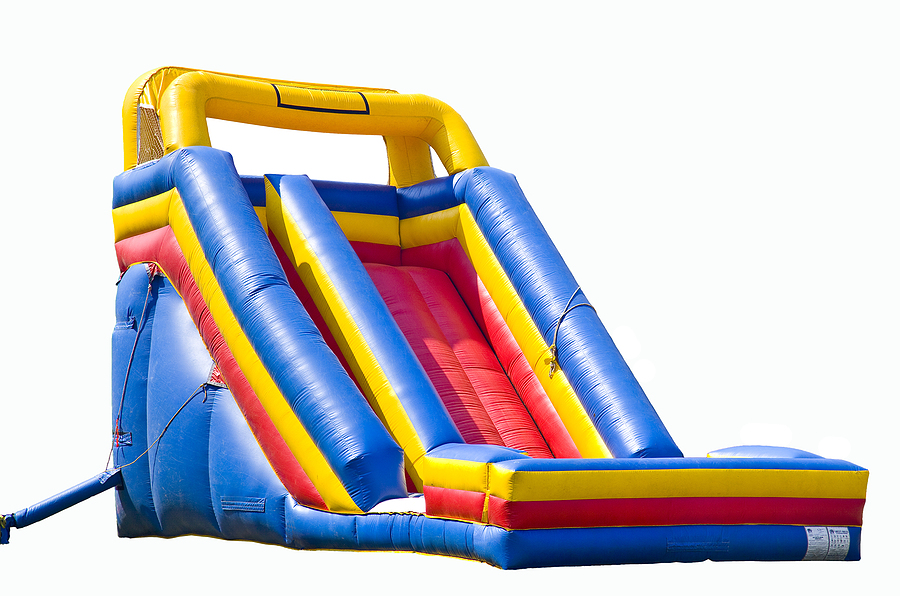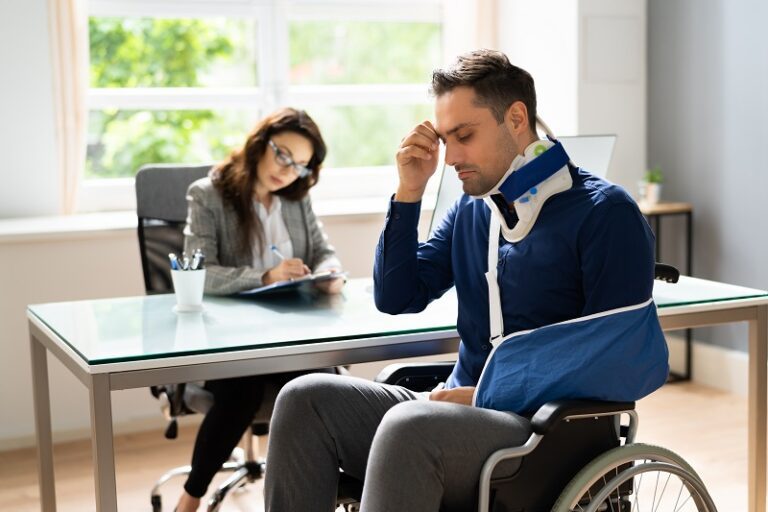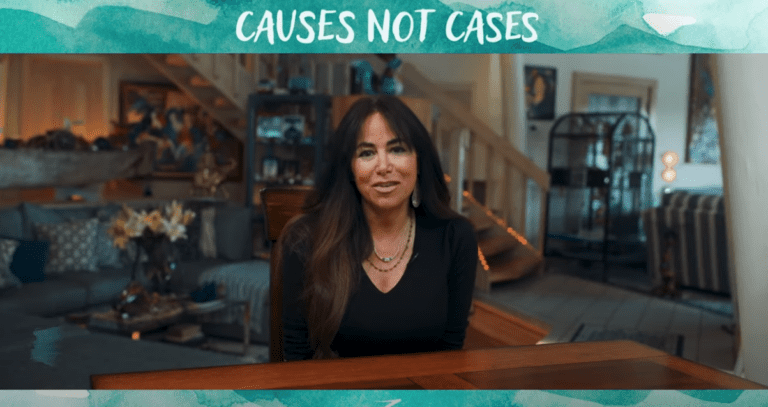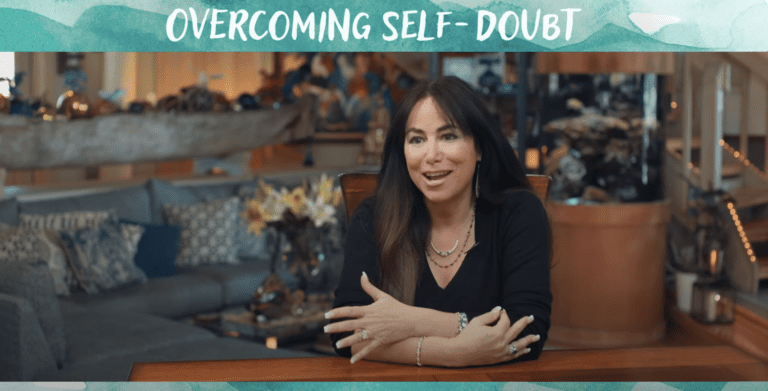
Bounce houses and other inflatable attractions look like a great way for kids to burn off steam and enjoy some harmless fun. With the air-filled construction of these inflatables, many parents assume they will offer a safe experience for their kids.
Unfortunately, not every bounce house turns out as safe as users—and their parents—might have hoped. Each year, many children suffer serious injuries in bounce house accidents, either due to the actions of other children inside the bounce house or because of the construction of the bounce house itself.
What can you do if your child gets injured in a bounce house accident?
Bounce House Accident Statistics
Each year, a growing number of children suffer serious injuries in bounce houses that require attention in the emergency room. In 2003, an estimated 5,311 children per year sought emergency attention for those injuries. By 2013, the number had grown to 17,377, perhaps in part because of the invention of increasingly larger or more potentially dangerous bounce attractions.
Despite the growing popularity of bounce houses at school events, home parties, and festivals, most states, including California, do not currently regulate the safe construction, set-up, or use of bounce houses.
Among young children, boys tend to suffer more bounce house accidents each year than girls. Up to age six, boys are about twice as likely as girls to suffer a bounce house injury, according to researchers. Between the ages of 6 and 8, girls appear to suffer slightly more frequent injuries in bounce houses. Older children sustain injuries at roughly equal rates regardless of their gender.
Among children injured in bounce house incidents, only around 28 percent of parents supervised while the child jumped.
Common Bounce House Injuries
Bounce house use can lead to a variety of injuries, depending on the age of the children jumping and the type of accident. Collisions between children while jumping, for example, tend to cause different (and usually less severe) injuries than if the bounce house blows over in high winds or suddenly deflates with children inside it.
Here are some common injuries kids can sustain in bounce house-related incidents.
Broken Bones
It probably comes as little surprise that broken bones can occur in the blink of an eye in a bounce house. The harder a child bounces, the greater the likelihood that the child will land “wrong,” resulting in serious injury. Collisions between kids in a bounce house can also lead to broken bones. The most common bounce house breaks occur in children’s arms and legs, an incident in a bounce house can likely fracture any bone in a child’s body.
Broken bones can severely limit a child’s activities during the recovery period. While many children recover fairly quickly, others may have lingering problems from those broken bones for the rest of their lives.
Traumatic Brain Injury (TBI)
If one child strikes another in the head, often as a result of misjudged bouncing, it can result in traumatic brain injury. A TBI can cause severe and long-lasting cognitive, emotional, and physical impairments in children, whose brains are still developing. The injury can interfere with a child’s schooling, play and recreation, and social development, among other impacts. Even a so-called “mild” traumatic brain injury, also known as a concussion, can cause significant disruption in a child’s life.
If your child fell hard during bounce house play and, afterward, seems “off” in any respect (for example, dizzy, overly-tired, confused, distant, nauseous, or unusually irritable), do not hesitate to seek medical attention. Unlike with injuries that cause acute pain, a child may have difficulty expressing or explaining the effects of a TBI, so it’s up to parents to spot the symptoms and take immediate action.
Spinal Cord Injury (SCI)
A hard fall from a bounce house onto hard ground, or a violent collision with another bouncing child, may inflict a bounce house-related spinal cord injury. An SCI consists of any injury that disrupts the transmission of messages from the brain to the body along the spinal cord. It frequently results in permanent paralysis.
SCIs alter the course of child victims’ lives. They risk confining children to wheelchairs or other mobility devices for the rest of their days, take a heavy financial toll on families, and cause numerous long-term health complications.
Soft Tissue Injuries
Sprains and sprains commonly occur in bounce houses when one child falls into another or when a child lands awkwardly or slips. Some potentially significant injuries include severely sprained ankles, ruptured knee ligaments, torn muscles, or dislocated shoulders.
Soft tissue injuries often cause many of the same challenges as broken bones—and may take even longer to heal. Some children with soft tissue injuries may end up having to sit out of sports and other activities for an extended time, for example, or may face permanently limited mobility.
Cuts and Lacerations
Most bounce houses come with clear warnings indicating that children cannot take sharp objects inside. Ideally, children may need to remove anything that can fly off before they start bouncing. Unfortunately, many organizers do not insist that children empty their pockets before they head into the bounce house. As long as they have their socks and shoes off, a negligent observer might allow children to go ahead and get in the bounce house without removing the rest of those items. Unfortunately, sharp objects in a bounce house can cause the bounce house to deflate suddenly or result in severe cuts and lacerations.
Suffocation
A bounce house that suddenly deflates can trap children inside under heavy, rubberized material. Small children can also get trapped in crevices between two inflated portions of a bounce house. In these terrifying situations, a child can suffocate if not rescued in time by an alert supervisor.
How Can You Help Protect Children Against Bounce House Injuries?
While most states do not regulate bounce house use, parents can still take steps to help reduce the likelihood of accidents that inflict serious injuries. Event organizers, rental companies, and other facilities that use or provide bounce houses for events should also take steps to help reduce the risk of serious accidents.
Regular Inspections
Bounce houses, which largely consist of heavy plastic bladders and a machine that fills those bladders with air, require regular inspection to ensure that no tears or holes could lead to serious hazards when the house gets used by children. Inspections can help identify and patch potential problems, and identify when a bounce house needs to retire from service to keep events as safe as possible for kids.
Properly Secured Bounce Houses
To operate a bounce house safely, event organizers should make sure that the bounce house gets tied down properly, especially at outdoor venues. A heavy gust of wind can knock over an improperly secured bounce house, and the house can even fly away with kids inside it.
Number, Age, and Size Restrictions
Always limit the number of children using a bounce house to make sure it does not get overcrowded and dangerous. Too many kids in a bounce house make collisions and injuries more likely and make it dangerously easy to lose track of a child who falls or gets trapped in a seam of the bounce house. The bounce house you rent should specify the maximum number of children that can use it safely.
Some event organizers may limit the children who can enter the bounce house to those above a certain age or minimum height. Others may permit children of all ages to use a bounce house but may allow kids of different ages and sizes at different times, to limit the possibility of injuries involving collisions between larger and smaller children. Careful attention to the ages and sizes of children entering a bounce house can make a big difference in overall safety.
In addition to posing restrictions on the age and size of children in the bounce house, event organizers may also bar teens and adults from entering or bouncing in the bounce house. Adults and older teens usually weigh much more than children and can cause significantly greater injury to little ones. Teens, in particular, can pose an unexpected danger to small children in bounce houses, because they often engage in more aggressive behavior and may not take precautions to avoid potential injury.
Carefully Inspect Children’s Pockets and Other Items Before Allowing Them to Enter
Many children do not think twice about diving straight into a bounce house or other inflatable attraction without emptying their pockets of sharp or dangerous items. A wide variety of objects, including glasses, sharp objects, headbands, and even many hair accessories, should remain outside the bounce house, where they cannot puncture the bounce house’s material or cause harm to children. Keeping up with the items children take into the bounce house may require an attentive attendant.
Read the Instructions Carefully
Most bounce houses, despite the lack of official regulation and oversight, usually come with clear instructions about how to use them safely. They may include regulations on how many people can enter the bounce house at a time, the average weight the bounce house can hold, and even the size of the users of the bounce house. Carefully read through those instructions before allowing anyone into the bounce house, and make sure that all users follow safety suggestions.
Choose Rental Companies with Care
Do your research before renting a bounce house from a local event company. Try to find a reputable rental company with an established presence in your community and a track record for safety and quality. Give brand new companies extra scrutiny, especially if they’re renting bounce houses that seem old or already well-used. If you notice problems with the bounce house you have rented, speak up to the rental company immediately.
Always Supervise Children While They Use a Bounce House
Children in a bounce house get excited. They get to bounce off the walls, bounce on the floor, and try athletic tricks they might never manage on the ground. Under careful supervision, they can have lots of safe, active fun. When unobserved by parents, however, children can get rowdy, make dangerous choices, and hurt each other.
Always carefully supervise children while they use a bounce house. As an event organizer, that may mean specifically assigning someone to keep an eye on the bounce house, which could decrease the risk of dangerous behavior. As a parent, do not simply send your children off to play in a bounce house on their own. Instead, keep a close eye on their behavior to make sure it does not become dangerous. Keep in mind that observation means actively watching children using a bounce house, not just remaining in the area.
Do Not Allow Play on the Outside of the Bounce House
A bounce house’s interior structures can support play. The exterior structures, on the other hand, do not have the same purpose. The exterior structures of a house often offer nothing to protect a child in the event of a fall. Do not allow children to climb on the outside of the bounce house for any reason.
Do I Have the Right to Sue for Bounce House Injuries Suffered by My Child?
You may have the right to take legal action if your child suffered preventable injuries because of unreasonably dangerous conditions in or around a bounce house.
For example, the law may permit you to seek damages if:
- The provider of the bounce house did not inspect the bounce house, and a flaw in its condition led to a child’s injury.
- The event organizer did not supply adequate supervision or allowed dangerous behaviors to continue in the bounce house, resulting in your child’s injuries
- The supplier or event organizer used an old, damaged, or otherwise unsafe bounce house, and did not take any safety precautions
- The supplier or organizer did not set up the bounce house correctly, resulting in serious injuries due to a tie-down error
- The event organizer did not take the reasonable safety precautions recommended for use of the bounce house, such as by allowing too many people into the bounce house, allowing too much weight in the bounce house, or ignoring requirements for securing the house.
An experienced personal injury attorney can help you learn more about your rights if your child suffers an injury in a bounce house. Contact an experienced attorney today for a free consultation.







